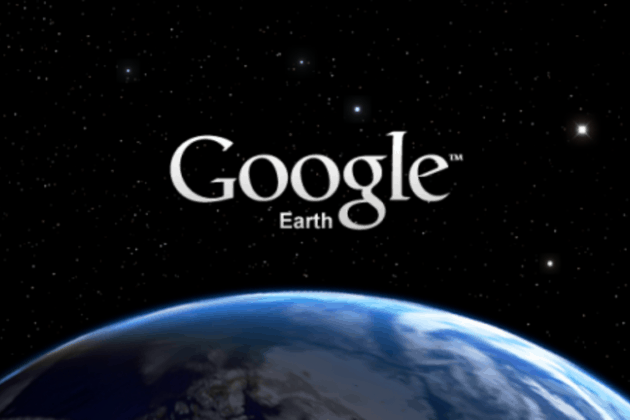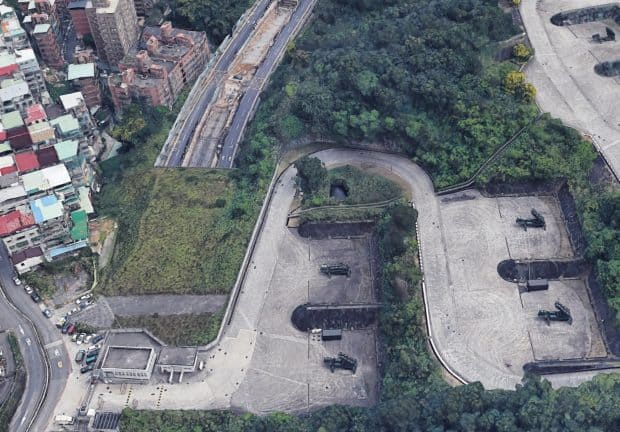Google Earth has recently been updated. It appears to have accidentally uncovered a number of secret military sites in Taiwan. The problem lies in the new three-dimensional renderings of Taipei, New Taipei, Taoyuan and Taichung.
That’s what the South China Morning Post reports in a news report on the case. At the time of writing, it appears that images of secret locations have been accidentally published. This includes a military base that appears to be a location where a Patriot missile system is located. Nothing of that has been blown away, as is customary in these kinds of locations.
All to see
Google Earth not only shows the exact location of the rocket launchers, but also the complete layout of the military base. In addition, buildings are visible, with which enemies of Taiwan have an important fact in their hands. The South China Morning Post also states that the buildings of General and Military Intelligence are revealed on the new maps.
The Taiwanese Minister of Defence, Yen Te-fa, has announced that a team has been set to work to collaborate with Google. That team has to make sure that Google will blur all military locations as soon as possible. The army continues to work to camouflage the locations better than is currently the case.
Wider problem
It’s not just Google Earth and other similar programs that are a problem for armies. Last August, the Pentagon banned its military personnel from using GPS-based tracking equipment when they were deployed. These trackers not only map bases, but also walking routes and patterns. The fear at the time was that the techniques would provide enemies with information about military activities.
In January 2018 it became clear that the problem was very widespread and maps of Strava showed heat maps around the world that also contained military bases. Strava then proposed, among other things, that the military within the institutions should disable the sharing of their location. However, a general ban seems to be a safer solution.
This news article was automatically translated from Dutch to give Techzine.eu a head start. All news articles after September 1, 2019 are written in native English and NOT translated. All our background stories are written in native English as well. For more information read our launch article.
